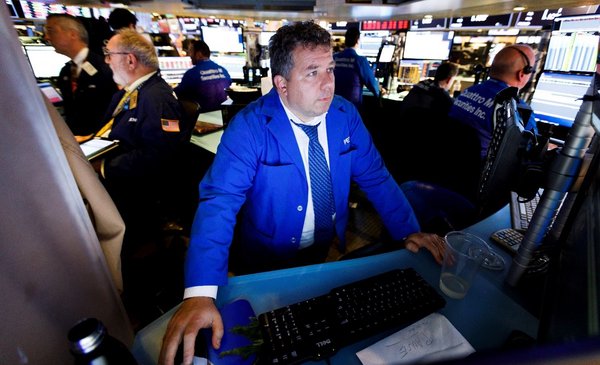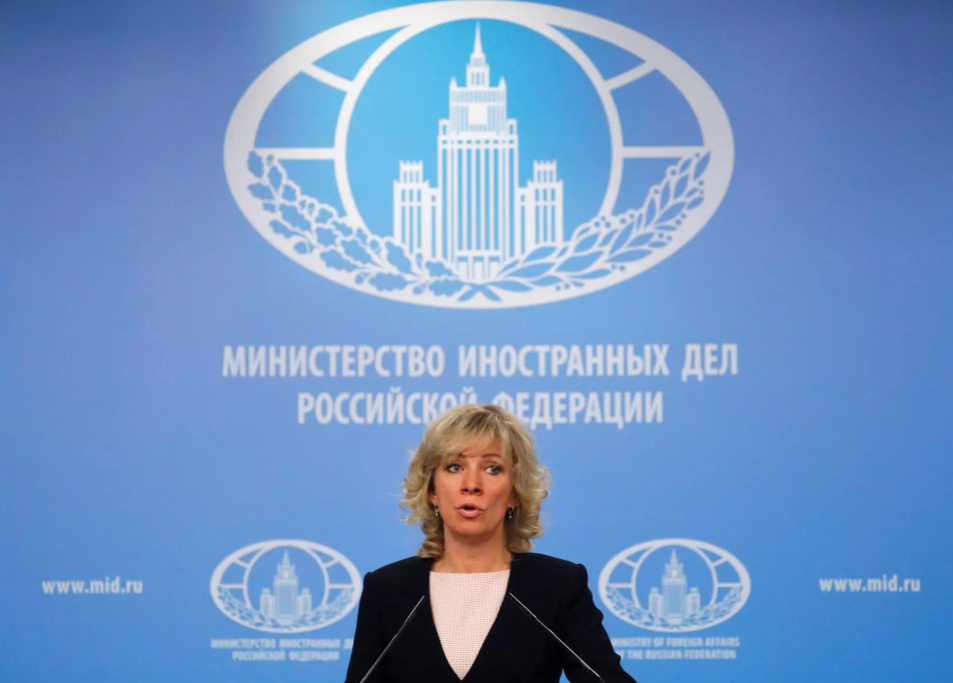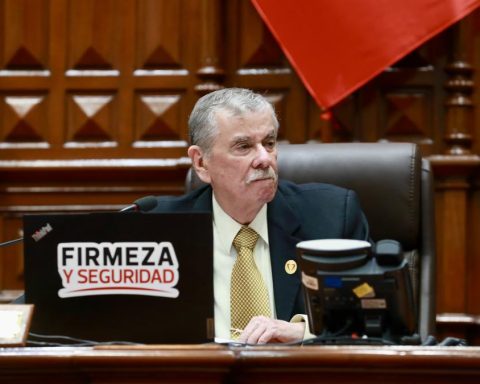Investors, on average, do poorly when it comes to investing. Researchers have been pointing this out for decades. And, despite this evidence, of having more trained professionals and higher levels of financial education, it continues to happen. One explanation is that many portfolios are not designed to withstand extreme events.
These low-probability, very difficult-to-foresee, and high-impact events can destabilize portfolios and cause large losses.
History is full of these events; building robust portfolios, that are not derailed by these episodes, is key to the success of an investment strategy.
Options are sophisticated instruments and are particularly sensitive to this type of extreme event; instruments that, in the face of these eventualities, derive in extraordinary profits or losses. As was the case of Custody of Movable Securities (CVM).
The point I want to make here is: if the risk and potential loss of operating with uncovered puts is so evident, how can someone carry out this type of strategy in investor portfolios? Furthermore, how did a person with a recognized track record, with personal and professional success, implement a strategy that ultimately caused huge losses to clients and friends, ruining his reputation and severely damaging his assets?
The explanation is surely multicausal. In the spirit of helping to avoid these situations, I will review some factors and biases that lead us to make mistakes when investing.
Our biases and mistakes
On the one hand, we are very conditioned by our personal experience.
When I started working in the financial market in 1998 at the bank Merrill Lynch, the stories were still alive millionaire losses in the accounts during the market crash in 1987, derived from the sale of uncovered puts. Over the years I have found that the most costly mistakes made in trading were linked to trading these sophisticated instruments. And the finishing touch was when, during the 2008 crisis, Merrill had to face a payment of tens of millions of dollars for the sale of put options overdraft of shares of Banco Bear Stearns, in the account of a Brazilian family (the Bear Stearns shares went from being worth more than $170 in 2007 to $2 a share in March 2008when the company was sold to JP Morgan bank).
Between the textbook lessons, and the experiences I described, my short options trading was extreme risk, appropriate for very few sophisticated investors with extremely high risk tolerance.
I have the impression that the case of Sara Goldring is one of a confident, optimistic, ambitious and self-confident person. With experience and expertise in trading. That she had been carrying out this strategy, selectively, for many years. Very profitable strategy for her and her company, and usually also for her clients. And it worked. And she started doing it for more and more accounts and clients. Until it stopped working.
This should remain as an important lesson: that our experience and overoptimism —which according to scholars of behavioral economics characterizes us— do not lead to extremely risky strategies.
The psychologist daniel kahnemanawarded the Nobel Prize in Economics in 2002 for shedding light on decision making under uncertaintywarns about investor biases when investing. Notice that the confidence and optimism, the feeling of expertiseand thinking that an unpredictable and changing world like the financial market is predictable, leads to big mistakes.
When incrementalism is added to this (actions and strategies that have been carried out for a long time and, when they work, are carried out more frequently, minimizing the risks) and the overweighting of recent evidence, unforeseen and extreme events have a full impact. And, like a hurricane that hits a house not prepared for these inclemencies, everything flies through the air.
Investors also usually have their share of responsibility. Looking for a higher return without adequately considering the risks. Not taking the time to understand the investment strategy, to ensure that it is appropriate to your risk profile. Not reading and understanding the documentation they sign.
We live in a world where the unpredictable happens, and more and more frequently. Greater geopolitical uncertainty in an increasingly interconnected reality has made the world a less predictable and vulnerable place to disruption, where the unexpected happens more and more. In which there is a greater range of possible scenarios and, also, a greater probability of extreme scenarios. Which has huge implications for portfolio management, for how you assess risk and make decisions.
When everything goes well, the risks are underestimated. We are only aware of them when they materialize. Markets like these leave them exposed.
1 Note: A put gives the buyer the right to sell a share at a certain price. The seller of the put is obliged to buy those shares at the pre-established price. The following is a theoretical, numerical example: An investor may decide to put a stock worth $120 today, at a strike price of $100. Suppose the stock initially worth $120 falls in price and is worth $100. 50. The seller of the put agrees to buy something worth $50 for $100. In the case of the short sale of puts, to obtain the cash to pay the $100, assets held as collateral must be liquidated. When these assets also fall in price, losses are fed back.

















